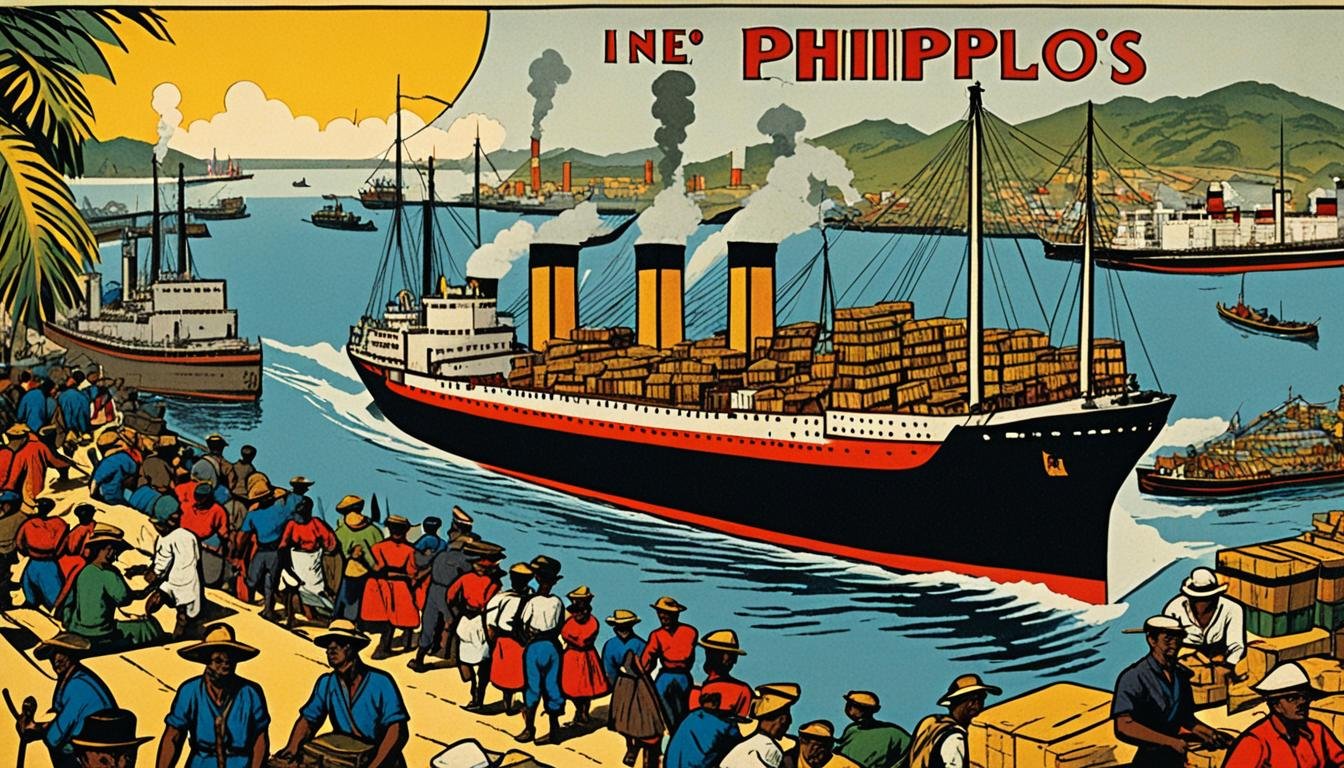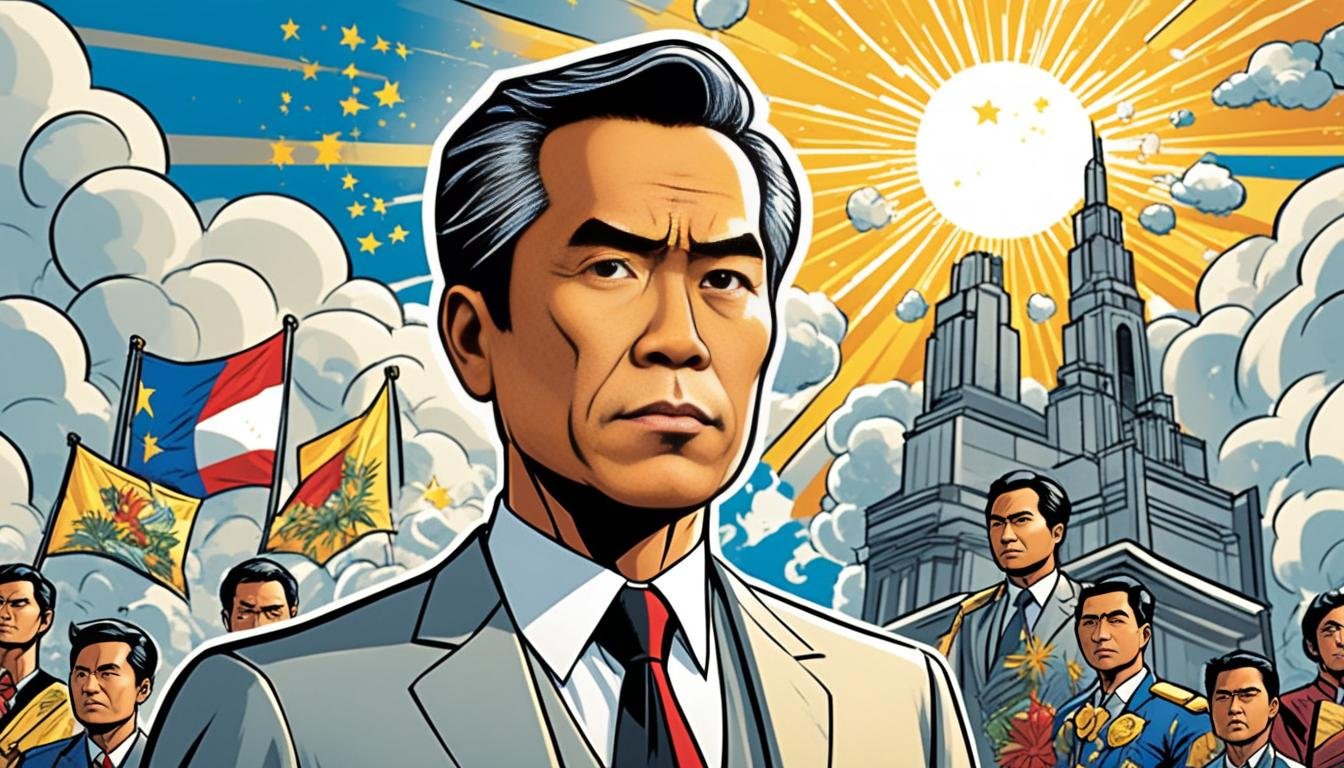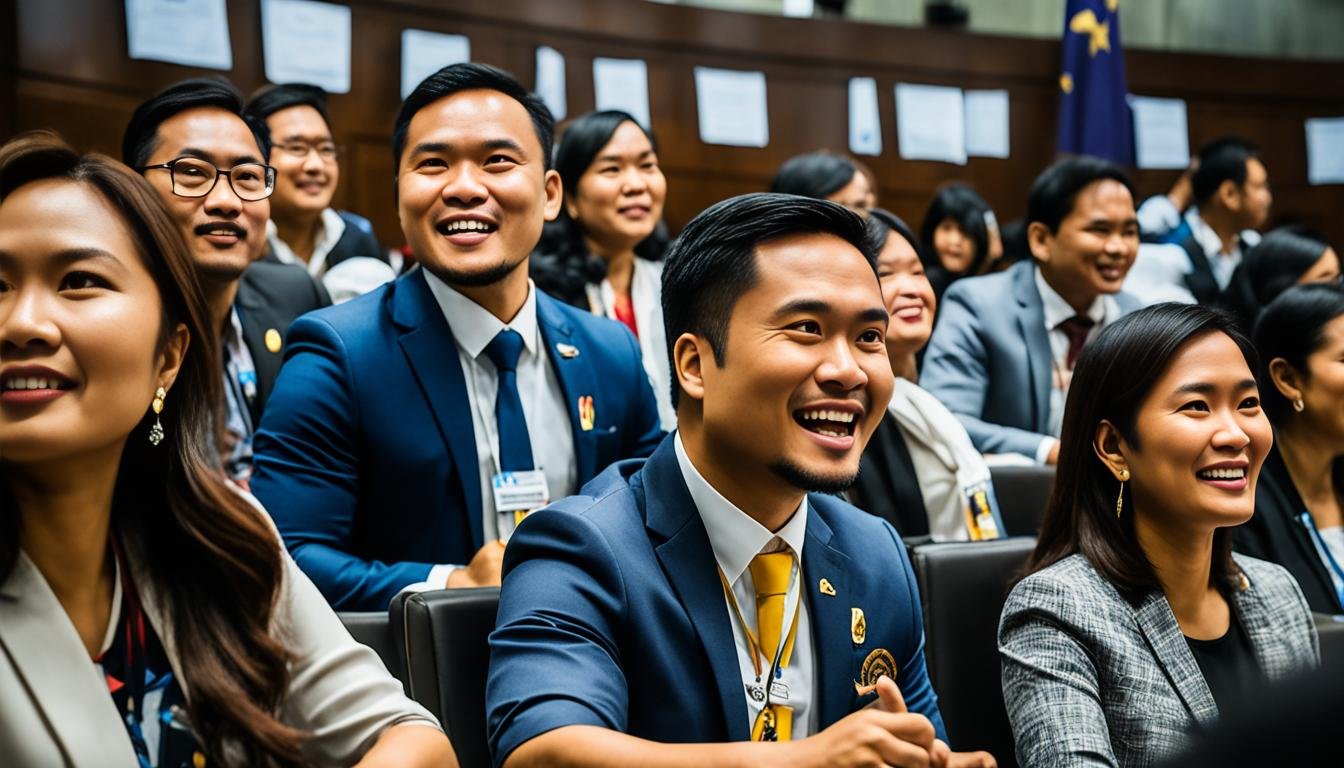Introduction The dawn of the 20th century brought a seismic shift to the Philippine archipelago. Following centuries under Spanish dominion, the islands found themselves under the nascent control of the United States of America after the Spanish-American War. This transition was not seamless; it was marked by conflict, resistance, and the challenging task of establishing…
American Colonial Period (1901-1946)
Criminalizing Patriotism: The Philippine Sedition Law of 1901
The transition from Spanish to American rule in the Philippines was a period marked by conflict, resistance, and fundamental shifts in political control and legal frameworks. As the Philippine-American War raged and the United States sought to establish its sovereignty, one legal instrument stood out as particularly contentious and impactful: the Philippine Sedition Law of…
Papa Isio and the Religious Resistance in Negros: A Philippine Peasant Uprising
Introduction The narrative of Philippine resistance against colonial powers is rich and multifaceted, extending far beyond the well-known Katipunan-led revolution. Among the most compelling examples of regional dissent is the movement led by Dionisio Seguela, famously known as Papa Isio and the Religious Resistance in Negros. This uprising, primarily centered on the island of Negros…
Filipino Resistance After Aguinaldo: The Fight Against American Rule (1901-1911)
Introduction The narrative of the Philippine-American War often centers on the initial, large-scale conflict and the leadership of Emilio Aguinaldo. His capture in March 1901 is frequently presented as the decisive turning point, signaling the effective end of organized Filipino resistance against American forces. However, this perspective is incomplete and overlooks a crucial decade of…
Philippine History: Life Under American Rule (1901-1911)
The decade between 1901 and 1911 represents a pivotal, often complex, period in Philippine History 1901-1911. Following the dramatic capture of General Emilio Aguinaldo in March 1901, the organized armed resistance against the invading American forces significantly weakened, paving the way for the United States to consolidate its control and transition from military occupation to…
Emilio Aguinaldo’s Long Retirement: Life and Legacy After 1901
Emilio Aguinaldo, a pivotal figure in Philippine history, is primarily remembered as the leader of the Philippine Revolution against Spain and the first President of the short-lived First Philippine Republic. His presidency, however, was cut short by the outbreak of the Philippine-American War. Following his capture by American forces in 1901, Aguinaldo entered a period…
Economic Transformation: Industries and Agriculture in American Colonial Philippines
The arrival of the United States in the Philippines at the turn of the 20th century marked not just a political shift but the beginning of a profound economic transformation that reshaped the archipelago’s landscape. Following the Spanish-American War and the subsequent, bloody Philippine-American War, the US established colonial rule, ushering in an era defined…
Economic Ties Between America and the Philippines During Colonial Rule
The narrative of American colonial rule in the Philippines, spanning from the turn of the 20th century until the islands gained full independence in 1946, is inextricably linked to its economic dimensions. More than just a political or military undertaking, the period fundamentally reshaped the Philippine economy, integrating it deeply into the American market and…
New Republic, New Leader: The Philippines Under President Roxas
The air in Manila on July 4, 1946, thrummed with a mixture of anticipation, hope, and the lingering shadow of devastation. On that historic day, the Third Philippine Republic was formally inaugurated, marking the culmination of decades of struggle for self-rule and signifying a profound turning point in Philippine history. Yet, the birth of this…
Steps Toward Autonomy: Filipino Representation in the Philippine Assembly
The narrative of the Philippines’ journey towards self-governance is a complex tapestry woven with threads of struggle, negotiation, and evolving political landscapes. Among the most significant milestones in this path during the American colonial period was the establishment of the Philippine Assembly in 1907. This body marked a pivotal moment, introducing formal Filipino Representation at…





